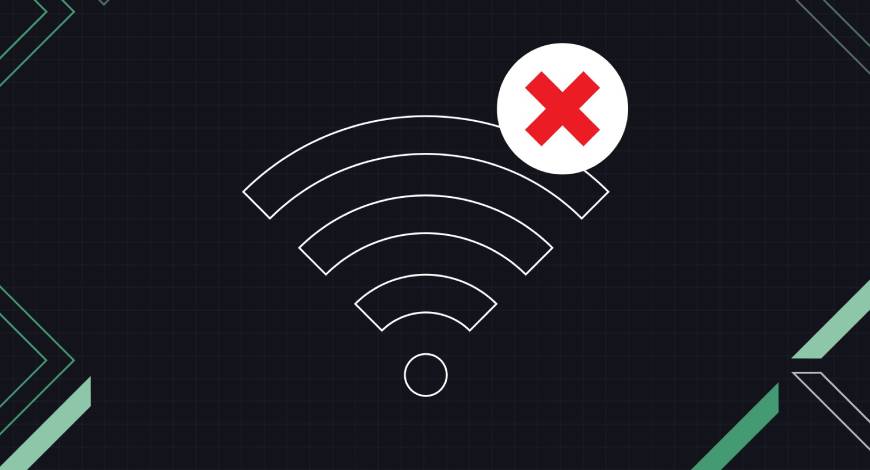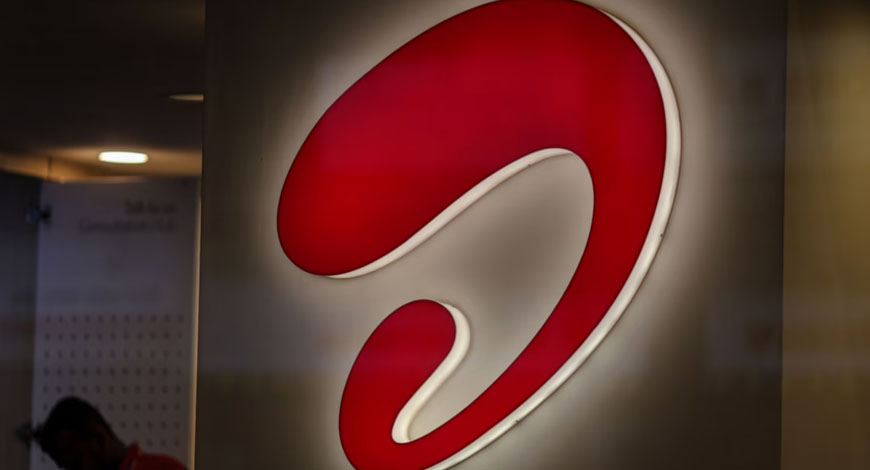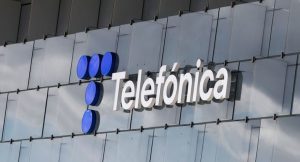The worldwide mobile connectivity market is undergoing a significant transformation, with mobile data traffic increasing rapidly while subscriber growth slows. According to ABI Research, a global technology intelligence firm, mobile data traffic is expected to increase by a 23% compound annual growth rate (CAGR) from 2025 to 2030, reaching over 5,241 exabytes (EB) by the decade’s end. This surge in data usage is primarily driven by the rising demand for bandwidth-intensive services like high-definition video streaming, immersive gaming, and always-on mobile apps, all of which require greater network capacity and lower latency. In contrast, mobile subscriptions are projected to grow at a much slower pace, increasing by just 0.17% annually and reaching 5.659 billion subscribers globally by 2030.
While subscriber growth remains steady, the real transformation lies in the increasing amount of data individual users are consuming. The slower pace of subscriber growth in many regions can be attributed to market saturation, especially in mature markets where most potential customers already have mobile subscriptions. “In contrast, subscriber numbers are growing in many emerging markets, driven by population growth and greater access to mobile services. However, economic challenges, infrastructure limitations, and the affordability of smartphones continue to hinder faster adoption in these regions. The real growth lies in how much more data individual users are consuming,” says Samuel Bowling, Research Analyst at ABI Research.
As users engage in data-heavy activities, networks must evolve to meet these higher demands. The rollout of 5G networks plays a central role in this shift. 5G’s advanced capabilities, such as faster speeds, ultra-low latency, and better support for applications like Augmented Reality (AR) and the Internet of Things (IoT), are significantly increasing mobile data traffic. Between 2025 and 2030, 5G is expected to account for a 2,200 EB rise in global data traffic, fueling this expansion as more users transition to 5G networks. To accommodate this surge in demand, operators must enhance their infrastructure to deliver the performance required by next-generation technologies.
Although 4G networks will see a decline in subscribers—expected to drop to around 1.4 billion by 2030—their data consumption will continue to grow, at a rate of 16% annually. This highlights that while newer 5G networks will take the lead, 4G will still support significant data usage across the globe. Regionally, India is expected to be a major contributor to global data consumption, driven by a growing population, expanding 5G deployment, and some of the most affordable data plans. By 2030, India’s mobile data traffic is projected to reach approximately 1,275 EB. At the same time, older technologies like 2G and 3G are rapidly fading, with subscriptions expected to decline sharply, especially as countries like Sweden and Israel plan to shut down their legacy networks by 2026.
Bowling concludes, “Success in the mobile market will increasingly depend on network performance and user experience rather than simply the number of subscribers. As data traffic grows faster than subscriptions, operators must focus on optimizing network efficiency, implementing effective data monetization strategies, and meeting the demands of next-generation digital services. Those who can adapt to this shift in priorities will be best positioned to lead in the coming decade.” ABI Research









